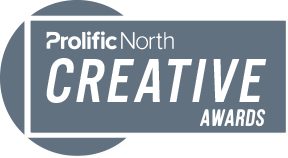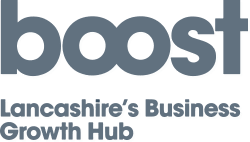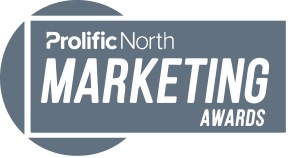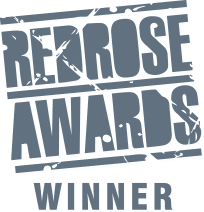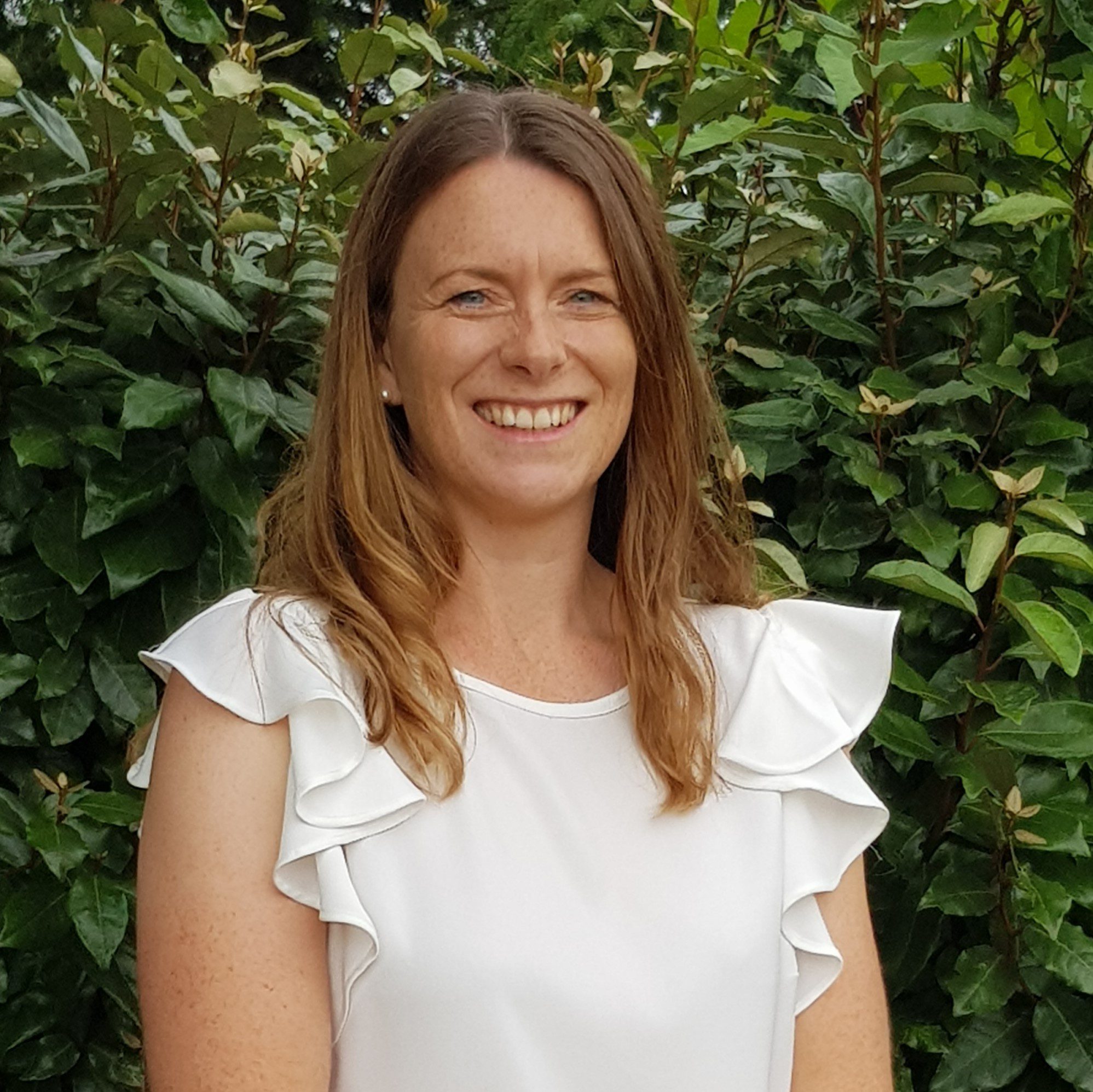
From fundraising her own expedition to the Sinai Desert at just 17 years old, to leading campaigns that change lives across Lancashire, Alison Whittaker-Stewart has always followed her purpose.
Now Physical Activity Campaigns Lead at Together an Active Future, Alison shares her career journey from voluntary work to marketing leadership, the campaigns closest to her heart, and the lessons she’s learned along the way – including the one piece of advice she’d give to anyone starting out: stay true to who you are.
For the benefit of our readers, please introduce yourself, and tell us just for fun: what did you want to be when you were a child?
Hi, I’m Alison and I’m the Physical Activity Campaigns Lead for Together an Active Future, a Sport England place-based partner.
When I was I child and throughout my early teens I wanted to be a vet. I used to love watching James Herriot on TV and have always had a close affinity with animals.
It would be awesome to understand a bit about your career journey so far – how did you get started in marketing and communications?
I was always involved in Brownies and Girl Guides and participated in any sort of voluntary work that arose. Whilst studying at sixth form college, I was selected as a member of the British Schools Exploring Society to spend six weeks doing voluntary work in the Sinai Desert. I had to raise £2,500 – which is a lot of money, but it was an awful lot more back then, especially considering I earned about £20 a week from a Saturday job!
Raising the necessary funds taught me a lot about the core principals of fundraising and marketing early on: what people wanted to know, how to work with the local media, how to write to appeal to different audiences. I self-funded the expedition – my college contributed, but I raised the rest myself, my parents didn’t pay – I learnt to be resourceful and developed a strong work-ethic.
Following college, I planned to have a year out before going to university. At the age of 18 years I started working for Airtours in the accounts department, I was responsible for paying the hotels in Spain. Not long after I went to live there! Initially it was only meant to be a three-month contract, but I fell in love with a Spanish guy, learnt to speak the language fluently and ended up living there for three years.
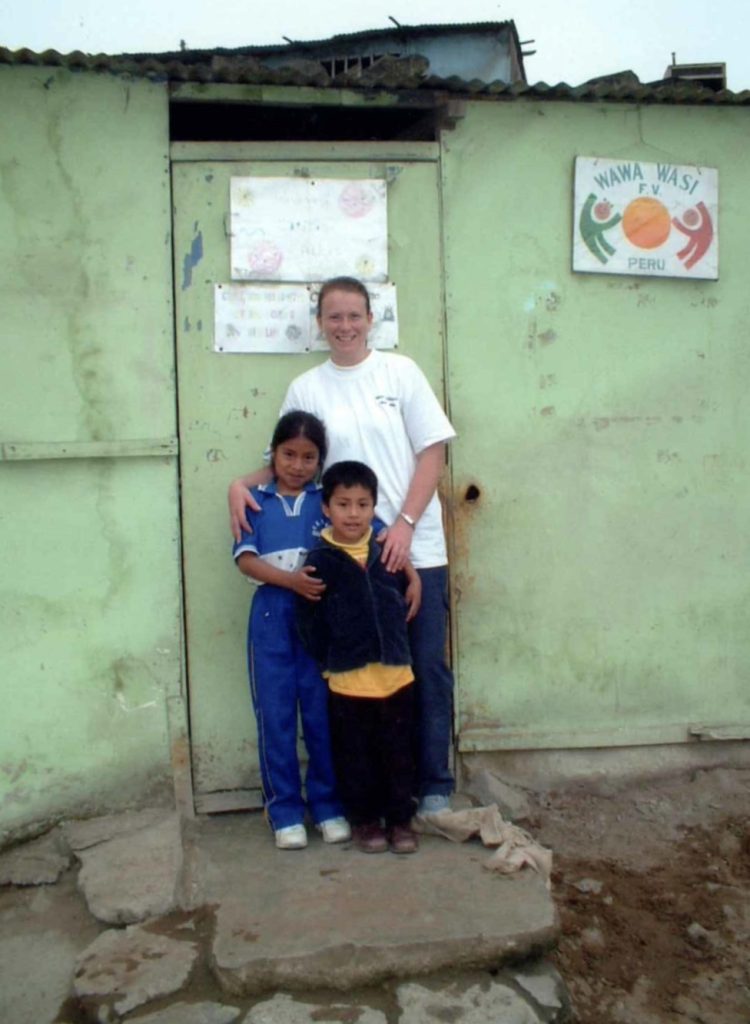
However, I yearned to explore more of the world. I returned to the UK, juggled several jobs at once to raise enough funds for my next adventure. I volunteered with the Jubilee Sailing Trust and spent time on the Lord Nelson, a tall ship specially adapted for people with disabilities. Inspired by Michael Palin I then travelled around Europe and across America by train. I wanted to put my Spanish to good use, so I volunteered with Quest Overseas to work with street children in Lima, in Peru. After travelling around Peru solo and living in a shanty town for a few months, I appreciated how fortunate I was and I recall counting the days before my flight home.
For several years I’d had a wonderful time and recall thinking ‘I wish I could continue what I’ve been doing but get paid for it’. Not really knowing what I wanted to do, I began looking for a permanent job and saw an advertisement for fundraising assistant role at my local hospice. I applied and that was how I started my fundraising career.
Initially I worked for a couple of local hospices, I then covered maternity leave for the Cystic Fibrosis Trust and later went to work for the North West Air Ambulance, and then to the British Red Cross where I held the position of Regional Fundraiser for Lancashire and Cumbria. Although it’s the largest volunteer led organisation in the world and one of the largest charities in the UK, you didn’t have access to the national marcomms team – as a regional fundraiser you had to do your own marketing.
As a fundraiser I quickly learnt that the success of any fundraising event is only as good as the marketing! Working for a local hospice was completely different, I’d send a newsletter out to the local community, put posters up, share on social media and everyone; individuals, groups and companies would be very supportive. The same tactics weren’t transferable on a much larger geographical footprint where people didn’t fully understand what the charity did and consequently why they should support it.
I learned to be strategic and think about knowing the audience and how I was going to reach them – I utilised social media mainly Twitter and Linked In, I developed good relationships with newspapers and county magazines, I understood that it was stories about the events that were featured, not ads! As a fundraiser I was used to marketing on a shoestring. I didn’t have a big budget or any real expertise at the time. That role inspired me to sign up for a CIM level 4 Certificate in Marketing at Blackburn College.
I’d like to take this opportunity to credit my tutor at the time, Andy Davies, who now runs M65 Marketing Academy. Andy recognised that I had the knowledge, I just hadn’t formalised it. After a few weeks of Level 4 course, he said, “Alison, I think you can do the Level 6 Diploma course. It might be a bit of a push, but I think you can do it.” He transferred me and it catapulted me into marketing much quicker. That’s how it all started. I really enjoyed marketing and was invited to apply for a joint fundraising & marketing role in hospice where I’d previously worked.
Fast forward a few years, whilst on maternity leave, I did a piece of research for a CEO of a local Leisure Trust who I got to know when I worked at the hospice. He re-tweeted a job opportunity for Together an Active Future, which I shared. And to cut a long story short, I applied for the role and I’ve been with TaAF for six years now.
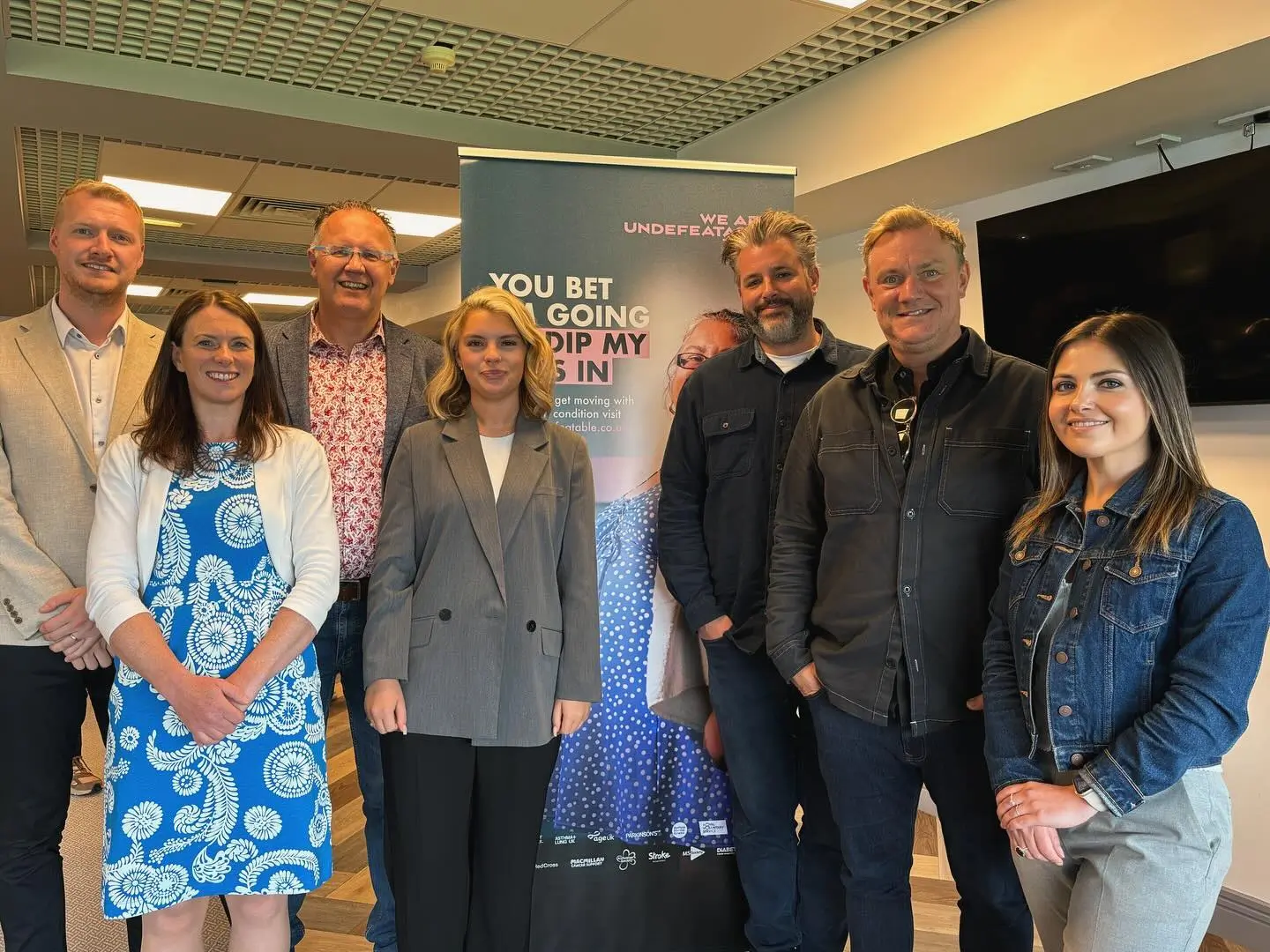
That’s a fascinating journey, with a common thread all the way through. Did you find that when you studied marketing that you’d already intuitively grasped most of the concepts through trial and error and direct experience?
Yes. I think I’ve always known my target audience, particularly for different fundraising activities but I’d never come across marketing theories and principles like 7P’s and SOSTAC before. I’d been practicing them, but not consciously.
Were you studying alongside people who hadn’t yet got any practical experience?
Yes. I was quite a few years older than a lot of people on the course. Most of them were in graduate roles, whereas I had 10–15 years of work experience.
You’ve worked with quite a lot of mission-driven organisations. What motivates you to choose the projects or causes that you’ve been involved with?
In my opinion, I think it would be very difficult for me to fundraise or market an organisation to the best of my ability if I don’t believe in its mission. I’ve always worked with organisations that I really believe in and had a great sense of reward in what I’ve been doing…. I’ve always known what and importantly how I deliver is going to help other people. I think it makes a big difference and shows when you’ve got a real passion for something. Looking back, I think that stems from my early experiences of undertaking voluntary work.
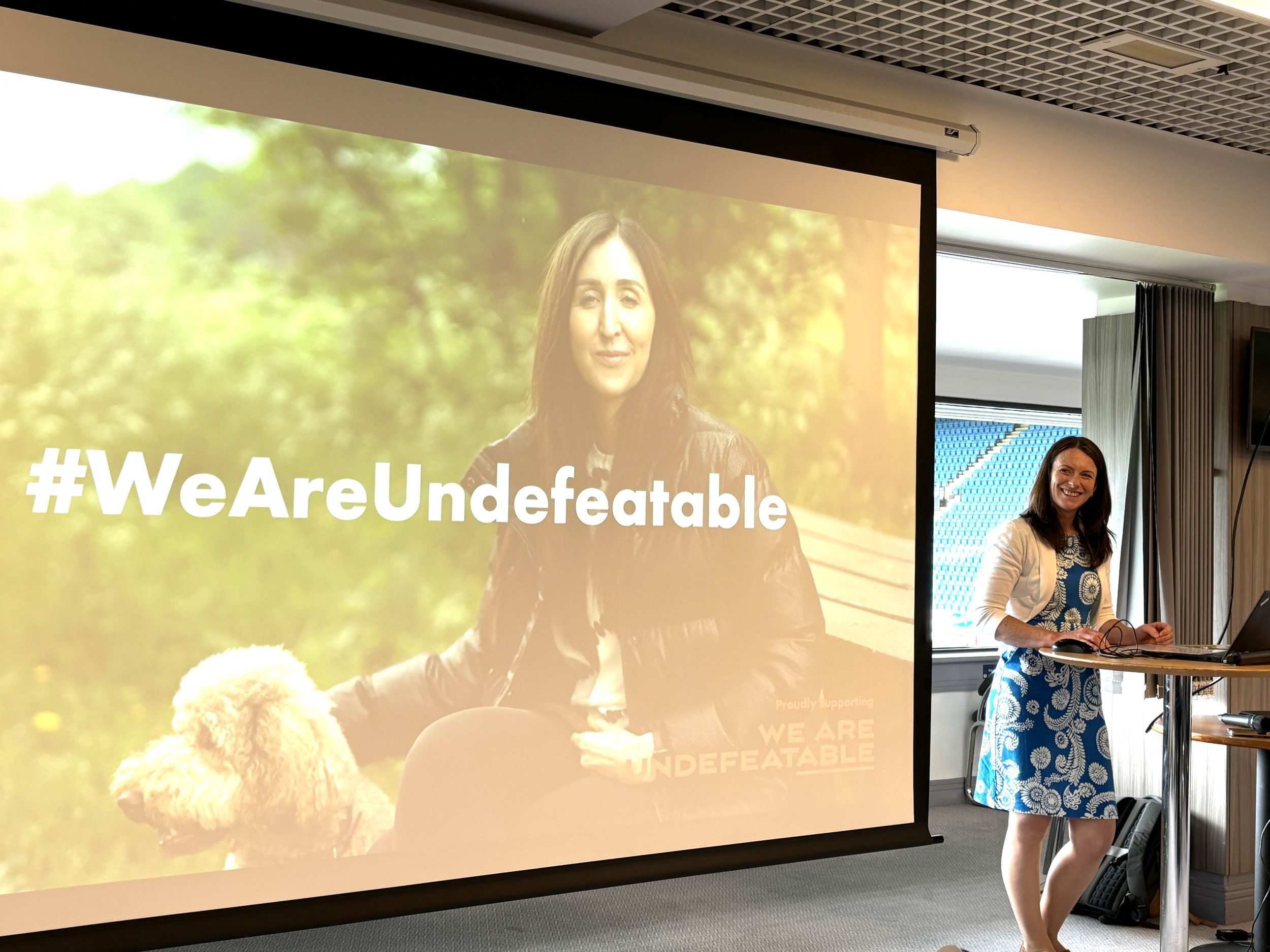
What is it that you look for in a role?
I feel I thrive and achieve a great sense of satisfaction from having a sense of purpose. I like working with people and I love collaborating, I very much believe we’re stronger together.
In the Hospice sector, staff come together to share – hospices don’t compete with others because each hospice has its own geographical footprint. We shared knowledge and ideas, I really valued that.
It’s quite similar to the Sport England culture which Together an Active Future adopts – we make it our mission to share our learning. Sport England have given Together an Active Future a unique opportunity to try and test new approaches to physical activity. We have capacity and resources many local authorities don’t have. I’ve had the opportunity to be innovative, take calculated risks and share what we’ve learned with everyone else, so they don’t have to reinvent the wheel and make the most of what resource they’ve got. I absolutely love that way or working.
I’ve found I’ve always drawn to projects where I’ve been asked to establish something new or re-invigorate something that isn’t doing so well. That’s what’s prompted many of my career moves. All the roles I’ve had have been fulfilling for lots of different reasons.
What are the values you bring to each role?
I believe I have a strong set of personal values; integrity, discipline and gratitude are at the core of who I am.
I’ve got a deep sense of responsibility and dependability which means that I’m committed to deliver on my promises and do my utmost to maintain the trust of people I work with. I recognise my strengths and weaknesses, and don’t try to be someone I’m not!
Although working in the charity and public sectors may not offer the highest financial rewards, the fulfilment and personal satisfaction I gain from making a difference is invaluable to me.
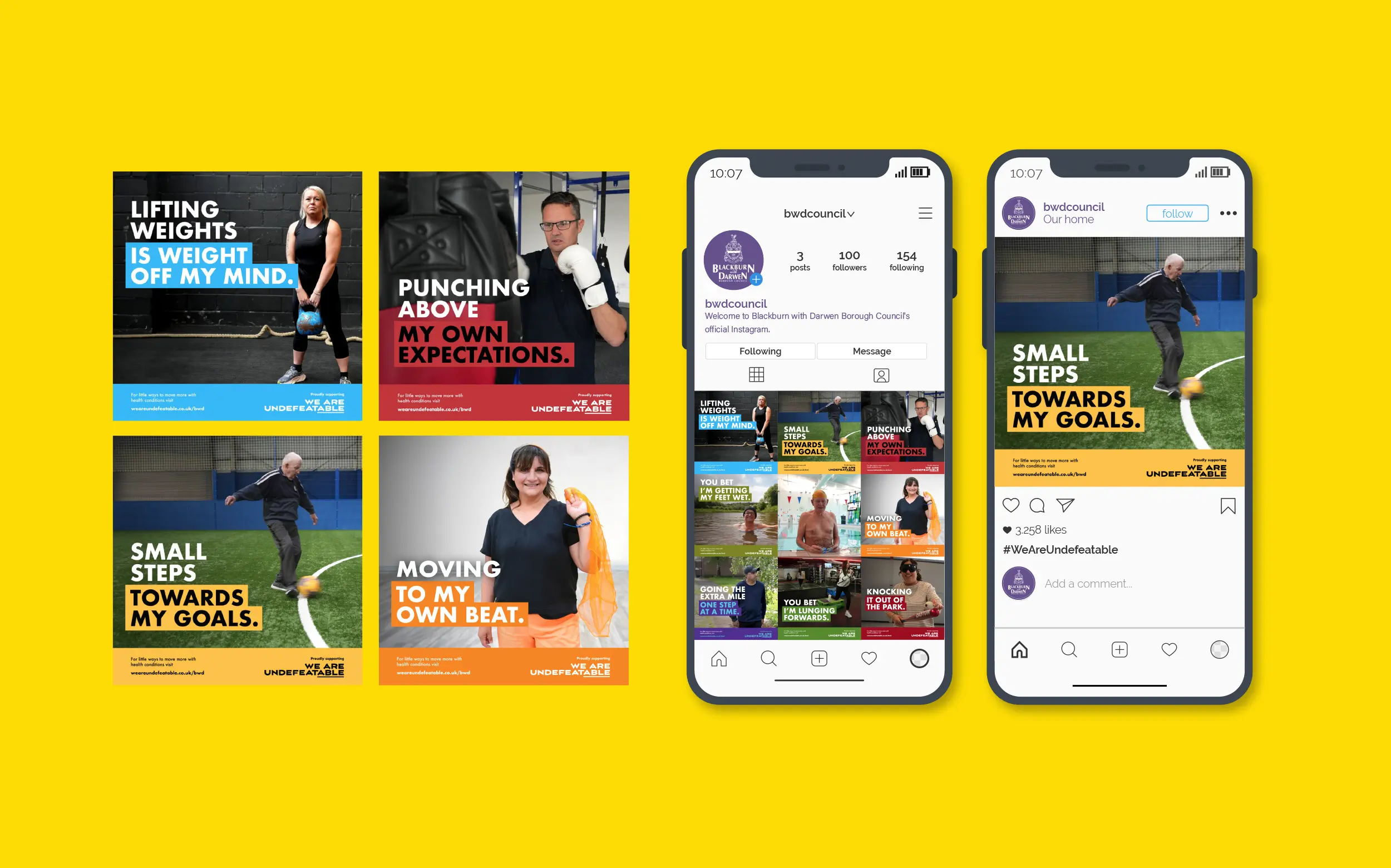
What would you say has been one of your most meaningful projects to date? And why?
Without a doubt the highlight of my marcomms career to date has been the We Are Undefeatable in Blackburn with Darwen campaign I have worked on with Hotfoot, BwD Council, the national We Are Undefeatable team and many others.
Personally, I know lots of people who are living with, or have lived with, long-term health conditions. I know the impact it can have. If some of my family members had access to physical activity programmes specifically for people with long-term health conditions years ago, the outcome for them might have been very different. That’s why I’m so passionate about it.
I’ve been active all my life but before working for Together an Active Future, I took it for granted. Now I understand the barriers some people face to being active and I want to help them overcome them.
The Healthy Hearts campaign we’re currently working on together also means a lot to me. My late father died of a heart attack – he didn’t have a known heart condition. If the campaign can just prevent one person’s life from being snatched away too soon, then it’s been worthwhile. I feel like I’ve had a calling to do this campaign. It feels like a vocation more than a job. I feel very honoured and privileged to have had the opportunity to work on these two campaigns.
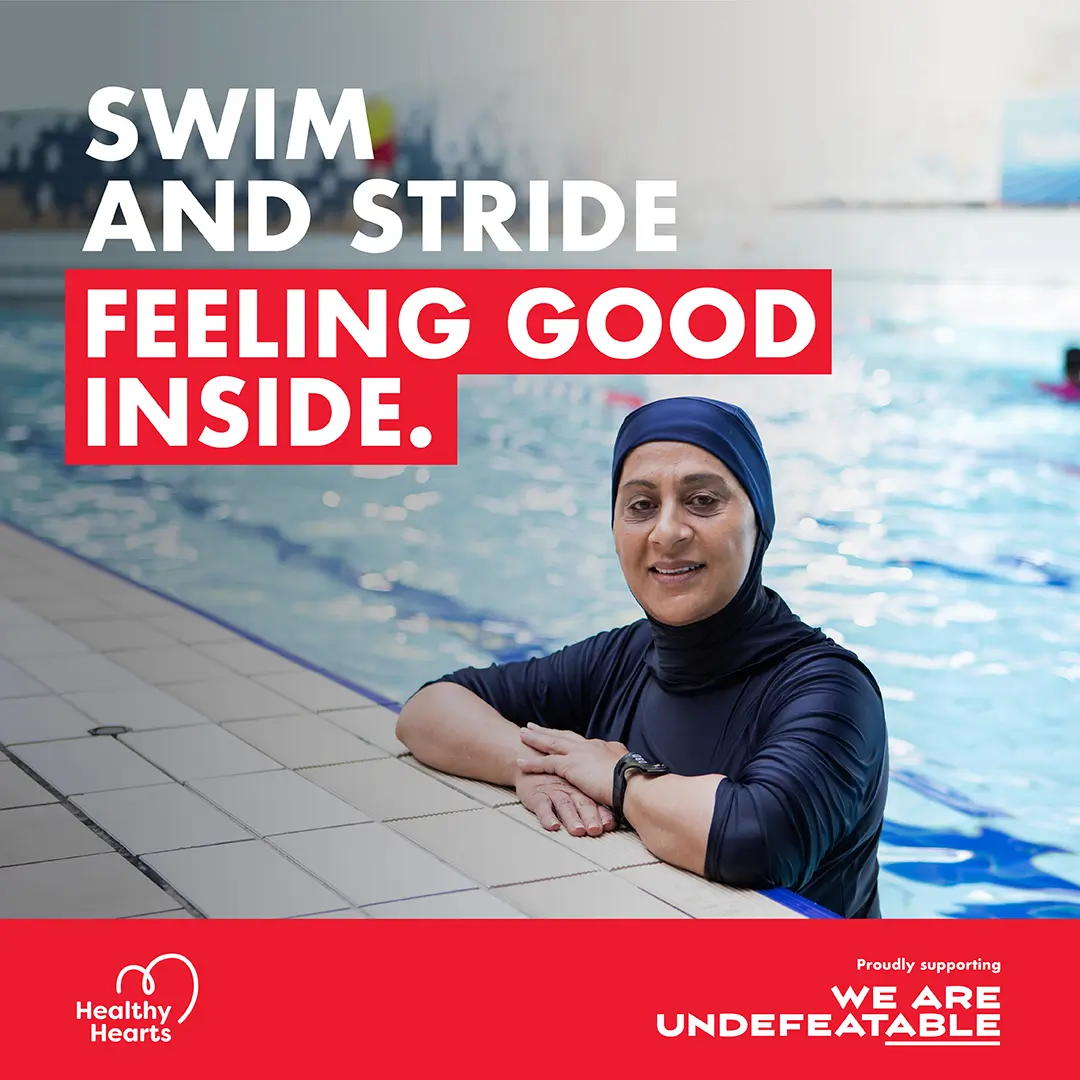
What do you think makes for a truly impactful campaign? We live in a world of distractions and overwhelm – what cuts through?
If we go back to marketing principles like AIDA, attention is first. Something’s got to grab someone’s attention. Everyone is bombarded with thousands of messages every day, whether we realise it or not. To grab someone’s attention is not easy today’s fast paced world.
To capture someone’s attention marketers and comms people must be strategic and tactical. We must know: who is the audience? Whose attention do we want to capture? How are we going to do that? What channels are right? Where should we be putting our messages?
So, a truly impactful campaign needs to make people pause for a minute and ultimately act. A visually arresting image can make all the difference. The diverse imagery used the We Are Undefeatable campaign made people stop because they saw someone like them, who they can relate to. If that person’s interest is held a little longer, and they are prompted to scan the QR code, visit a website and read the story. We want them to be inspired and believe if being active helped them, then it can help me too!
That’s so true.
The most rewarding thing in the We Are Undefeatable campaign in Blackburn with Darwen was people coming back and saying, “I noticed that campaign. I read that story. It made a difference.” And more importantly, organisations saying they’ve made changes – systemic changes – to enable more people to be active.
How do you measure the impact of campaigns?
There needs to be a balance of qualitative and quantitative. You can have all the numbers but there’s lots of stories behind the numbers. It can be easy just to get the stats and say “this is how many people have seen it, this is how many people recall it,” but I’m really pleased we’ve had the time to have stakeholder interviews to ask people for their feedback because that’s when you get the rich data and really understand what a difference the campaign made. We’ve listened and learned a lot which we’re keen to share with others to apply to their own campaigns.
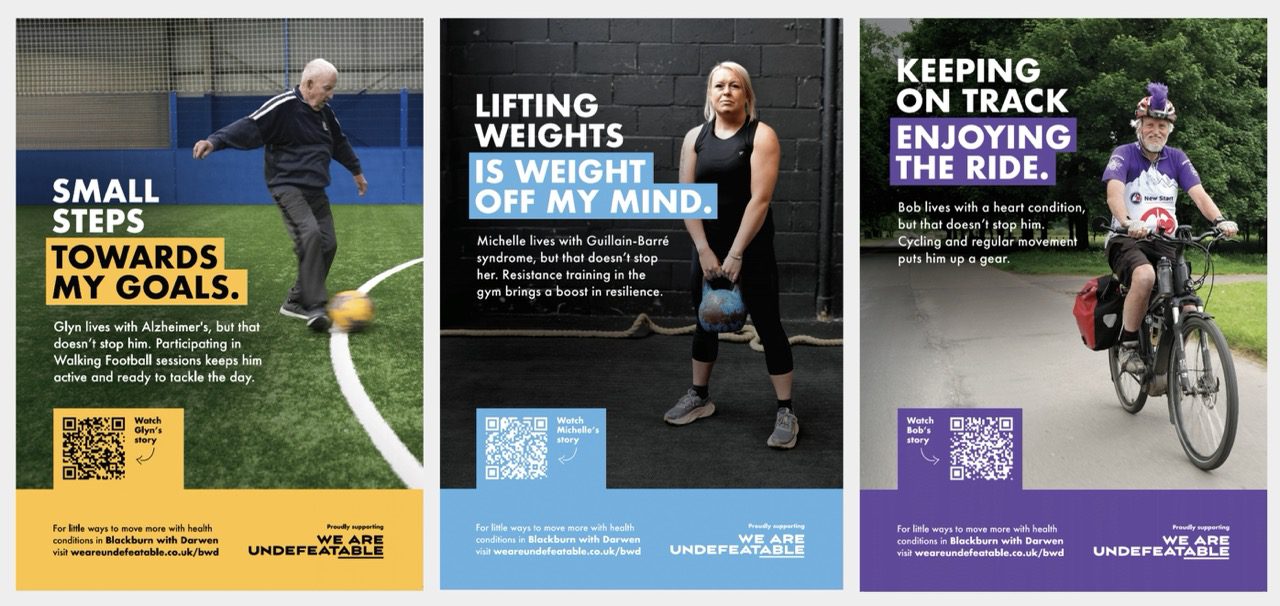
What advice would you give someone who might still be in school or who’s just starting their career in marketing and comms?
I’d say to follow your passion, because if you have a real passion, you will learn and absorb things much more. In fundraising and marketing there are so many different roles, suited to individuals’ different strengths. Don’t think they are careers for one type of person or you’ve got to be great at one thing – both careers are so broad. Have an open mind and try lots of things. Equally in my experience one role in one organisation has been very different to a similar role in another.
In fundraising, if you’re good at writing you might be suited to grants and trust fundraising. If you’re outgoing and vivacious, organising events might be better suited for you. In marketing some people are very process or number driven, they might be adept at the analytical side of things, whereas other people might be better interviewing people and writing the stories. Some people might be super creative and great at graphic design. There’s something for everyone. It’s working out what you think your strengths are and where your passion lies.
Have you had any moments of doubt, or had impostor syndrome, and how have you overcome the inevitable set-backs you encounter?
I have some elements of imposter syndrome and I think that’s driven me to keep learning, I’ve recently completed my second CIM Diploma in Marketing. I’m always striving to be better. I think there’s very few people who don’t have imposter syndrome in some form.
I think setbacks are part of the journey. I’m very much the mindset, things happen for a reason, we just don’t know why at the time. Sometimes when things don’t go to plan, we must take plan b, but the detour provides learning and a different opportunity.
I think life’s too short to dwell on what didn’t work quite as we might have liked, let’s learn from the set-back and look at what we can do next to mitigate future ones. Mindset makes a big difference in how setbacks can be overcome.
I’ve had moments in my life where I’ve doubted myself. But I just keep going and believe as one door closes another opens. And when it does, it might not be what you expect – it might and often is better.
I love that. What inspires you right now? Where do you look to for inspiration?
I seek a lot of inspiration in the people I meet. In my current role, and during my career in fundraising as well.
When I was in the hospice sector, I often interviewed people who were dying, when I worked for the British Red Cross, I met people who’d faced all sorts of hardship. Having spent a lifetime working with and getting to know those people I’d say they’re my inspiration.
For the We Are Undefeatable campaign and the Healthy Hearts campaign, the storytellers I interview are so inspirational. Some of the adversities they’ve overcome really are remarkable. The challenges they’ve faced make my own challenges feel small and put things into perspective.
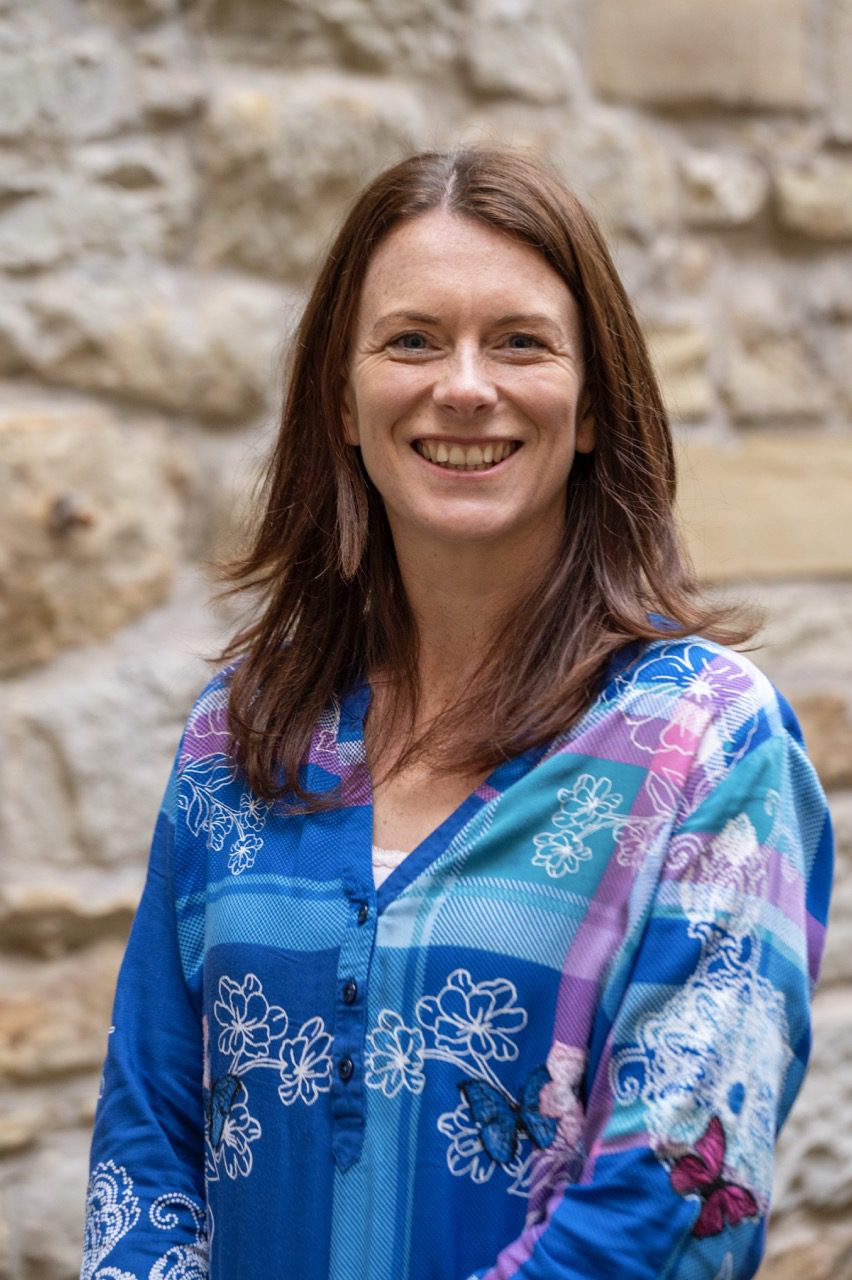
What excites you about the future of social impact? Do you see any trends on the horizon or things that you think are super exciting and that you want to get involved with?
What I find interesting is the fact that young people are more questioning about social impact and environmental factors. Some organisations will have to up their game if they want to continue to engage a younger audience. The more people question, the more some habits will change. So, I think that’s a positive and important trend.
How do you think organisations can better engage young people?
A lot of the brands I engage with that are involved in socially driven impact are good at storytelling, excellent at communicating their purpose, their mission, and how they benefit others. I think we’ve all got something to give, and we can all give in different ways. Storytelling is key to conveying this information.
When you think back to that first fundraising campaign when you were 16 or 17, and hoping to go to the Sinai Desert, are there principles you learnt back then that you still use today?
Yes, I think so. I remember going to my local library and looking through the Directory of Social Change book of grants and trusts and picking out the local funders where I matched the criteria and writing to them. I used the DSC guides as a professional fundraiser.
I remember writing to a few companies and noticing that certain types, particularly local chemical companies, were more generous. I didn’t realise it at the time, but those are generally the ones with bigger CSR pots who wish to support local community initiatives for positive PR.
I also recall that voluntary organisations like Rotary and Lions Clubs would be supportive in exchange of me giving a talk about my experience.
So even back then, I grasped that you had to appeal to different audiences and tailor your content accordingly.

It sounds like you were learning the power of storytelling even back then.
Yeh. And the power of just getting the story read by the right person. I remember one of the directors of the companies I approached asked to meet me. It was quite a daunting prospect for me but nevertheless, off I went with my folder containing my newspaper cutting, tucked under my arm. I discovered the director had completed an expedition in the Sahara Desert and that’s why the company donated to my appeal. It taught the importance of finding a connection with people.
It also taught me too about the power of printed media to get your message out there and I am still a firm believer that print is not dead! On reflection, that was my first fundraising campaign, and played a significant part in shaping my life, both in a personal and professional perspective.
Discover more about the work we did with We Are Undefeatable here.
Also check out our recent interviews with Jeanna Vella, Director of Marketing at Cincinnati Shakespeare Company, Jessica Smith, Director of Communications at St John International, and Rosie Danford-Phillips, who leads communications and community engagement at Roots and Shoots.



